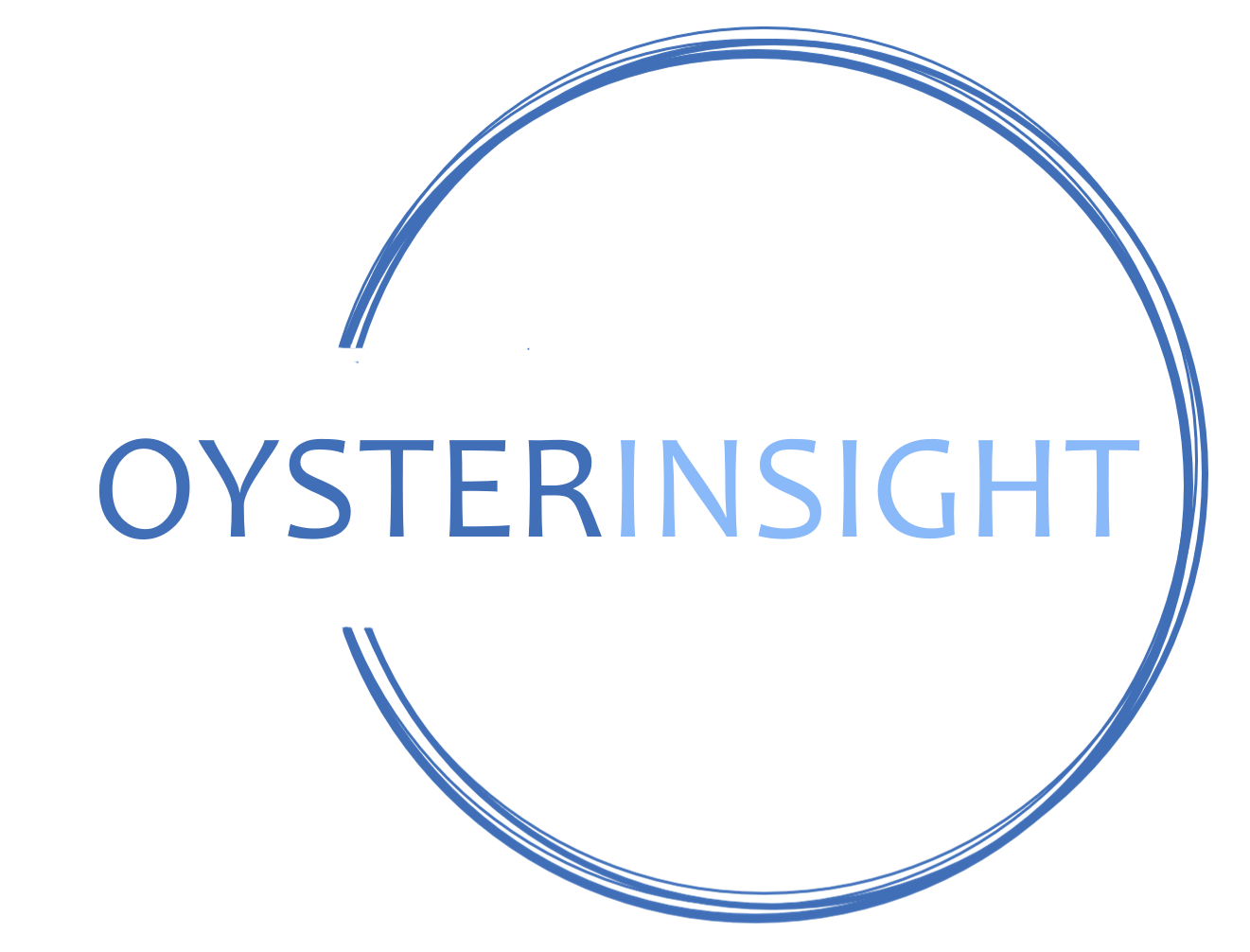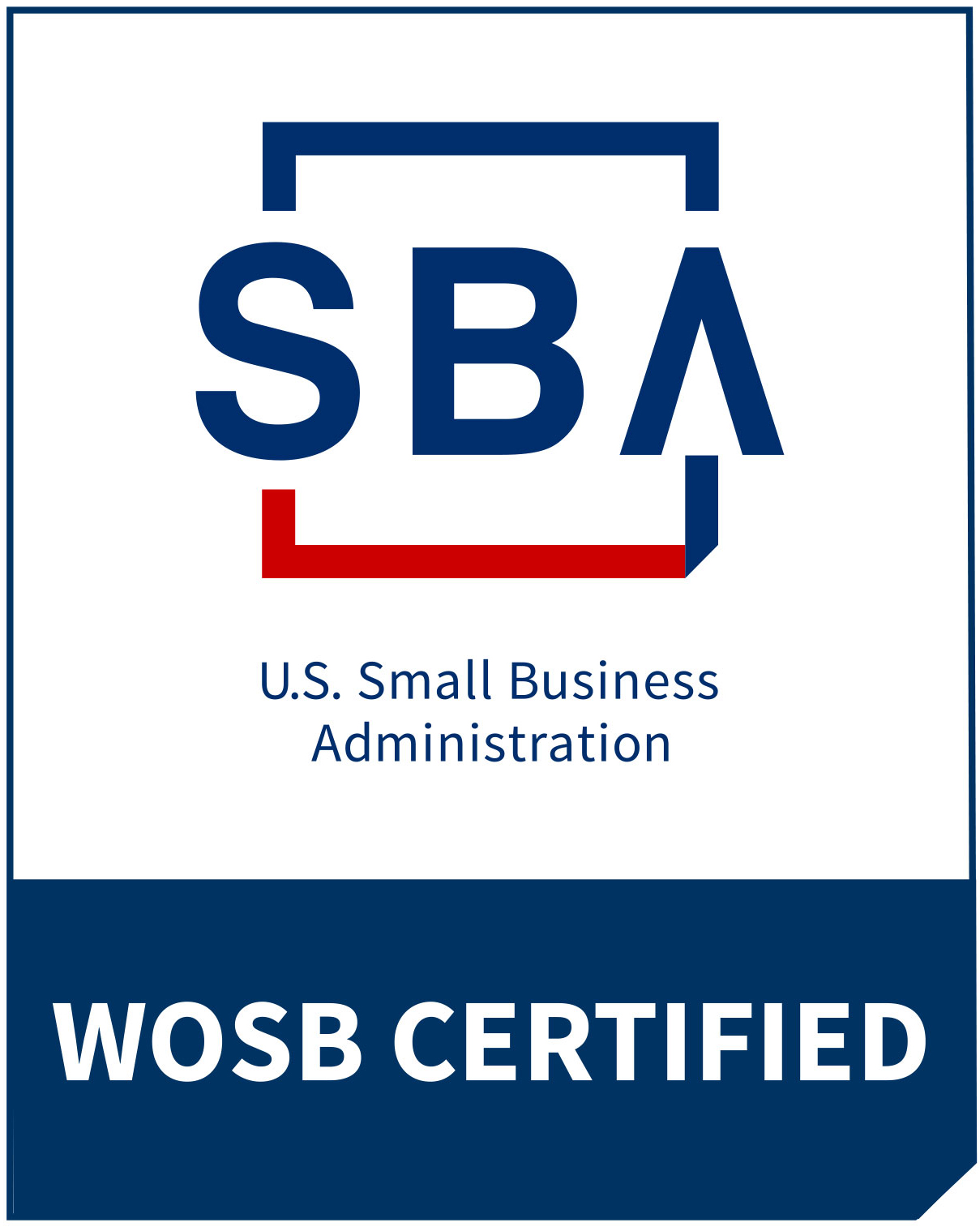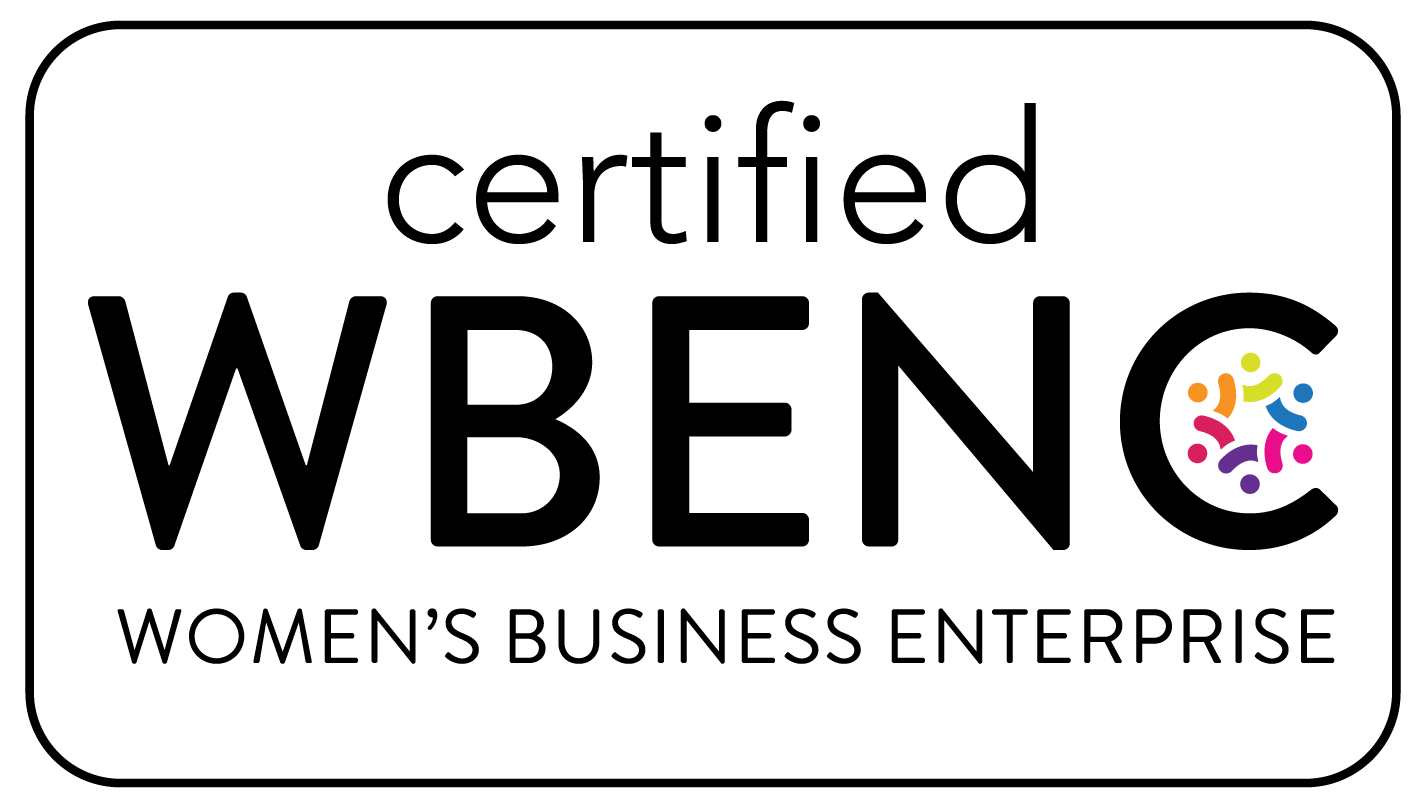A Practical Framework for Smarter Meetings and Stronger Results
A team isn’t failing because of bad strategy or low effort.
They’re stuck because decisions keep getting reversed…
projects stall…
and progress dies in a fog of broken communication.
We’ve seen it before—and maybe you have too:
- A new initiative is announced, only to be quietly shelved weeks later.
- Finance delays approval on something they thought product hadn’t finalized.
- A high-stakes project goes off the rails because everyone thought someone else was steering.
These aren’t issues of intelligence or work ethic.
They’re symptoms of something deeper:
a lack of communication discipline.
And the cost?
🕰️ Months of delay
💸 Millions in missed opportunity
💥 Eroded trust across teams

It Doesn’t Start Loud
It usually starts with hesitation.
Who’s making the call?
Did we already decide that?
Wasn’t someone else handling it?
That uncertainty breeds stall-outs—and those stall-outs compound.
You don’t need more meetings to fix it.
You need smarter ones—designed to drive clarity, action, and results.
The 3-Step Framework for Communication Clarity
Here’s how we help leadership teams fix a $2M communication problem—without a new tech platform or 80-slide deck.
This structure is simple. But when embedded into how work actually gets done, it changes everything.
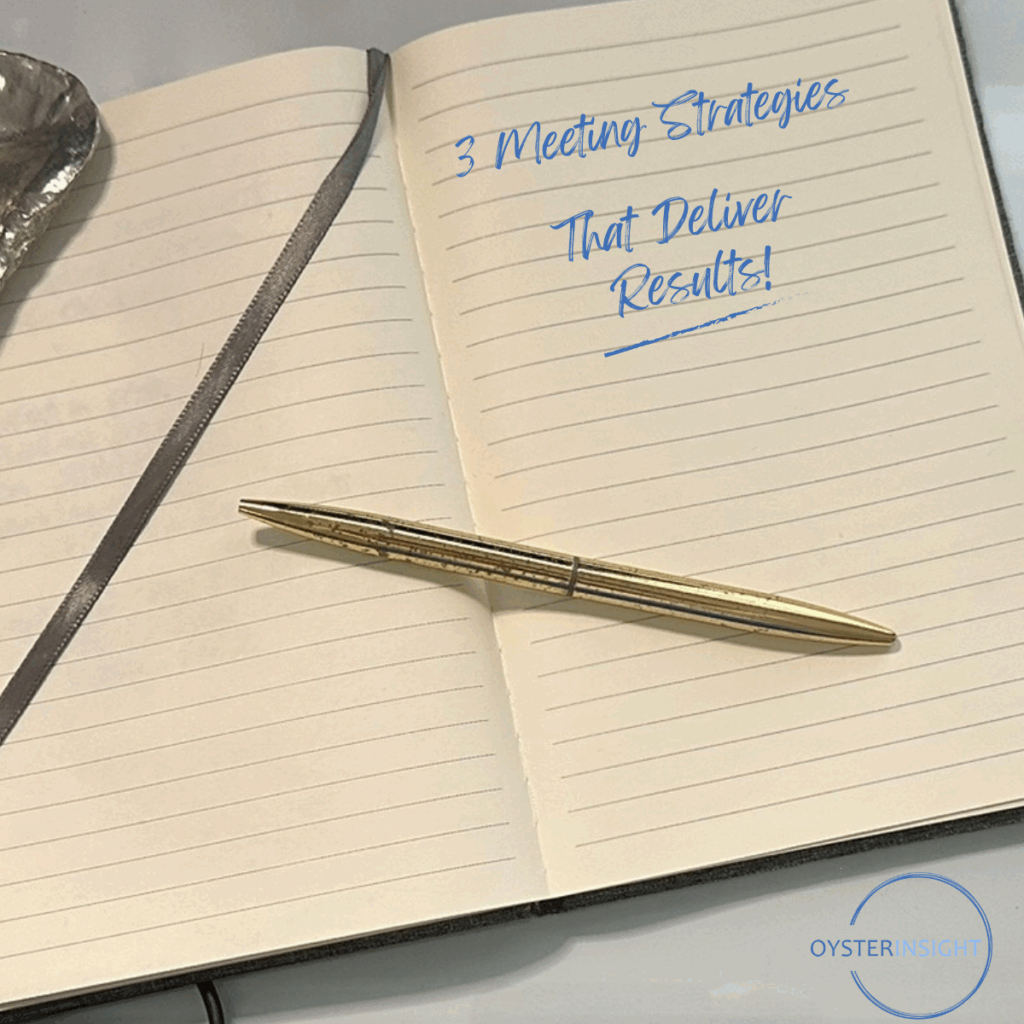
1. Lead with Decision Architecture
Start every agenda item with an action verb:
✅ Decide
✅ Approve
✅ Assign
It sounds small—but this shift turns a meandering discussion into a purpose-driven decision session.
Example:
Instead of “Update on vendor options,” reframe it as:
“Decide which vendor we’re moving forward with.”
That tweak signals who needs to be ready, what information is required, and what outcome is expected.
2. Engineer Time Precision
Time is your most limited—and most misused—resource.
Cap each topic with a time block. Then stick to it.
Why? Because Parkinson’s Law is real: Work expands to fill the time allotted. If you give a topic 30 minutes, it’ll take 30. If you give it 10, people focus and finish.
Example:
- “Approve Q3 hiring budget – 15 minutes”
- “Assign ownership for onboarding redesign – 10 minutes”
Time-boxing protects energy, reduces rambling, and builds focus into your team’s habits.
3. Design for Accountability
Decisions only matter if someone owns the next step.
Every meeting should end with:
✅ What’s happening
✅ Who owns it
✅ By when
Example:
“Carmen will send the final vendor contract to legal by Thursday.”
“Eli will lead onboarding pilot for new hires starting August 1.”
This closes the loop. No ambiguity. No “I thought you were handling that.”
And when you do it every time? It becomes muscle memory.
The Results: Quietly Powerful
When this framework becomes habit, here’s what shifts:
- Decision velocity increases
People move faster because they’re not waiting for clarity. - Accountability becomes visible
Ownership isn’t assumed—it’s explicit. - Progress accelerates
Teams spend less time rehashing and more time executing.
Client Snapshot:
After implementing this framework, one federal tech contractor cut approval cycles by 40% and recovered four months of delay on a critical rollout. The system didn’t just save time—it restored cross-team trust.
Why Most Meetings Waste Time (and What to Do Instead)
Forbes recently reported that we’re spending more and more of the workday in meetings—and most of them are a waste of time.
The culprit?
Default-to-calendar meetings that lack focus, structure, and purpose.
But the solution isn’t always fewer meetings.
It’s better-designed ones.
Here’s a quick recap:
🧭 Lead with Decision Architecture
Start with verbs. Set intention.
⏱️ Engineer Time Precision
Time-box to maintain focus.
📌 Design for Accountability
End with clear ownership and deadlines.
💡 Bonus:
If a topic doesn’t need a meeting, don’t have one.
Use async updates, shared docs, or a quick Slack message instead.
Because communication clarity doesn’t require more time.
It requires better design.
Ready to See How This Works in Practice?
If you’re leading a team and tired of wasted meetings, unclear ownership, or stalled initiatives—
you’re not alone.
Let’s fix it.
👉 Schedule a 15-minute conversation to explore how we embed this structure into real teams doing high-stakes work.
